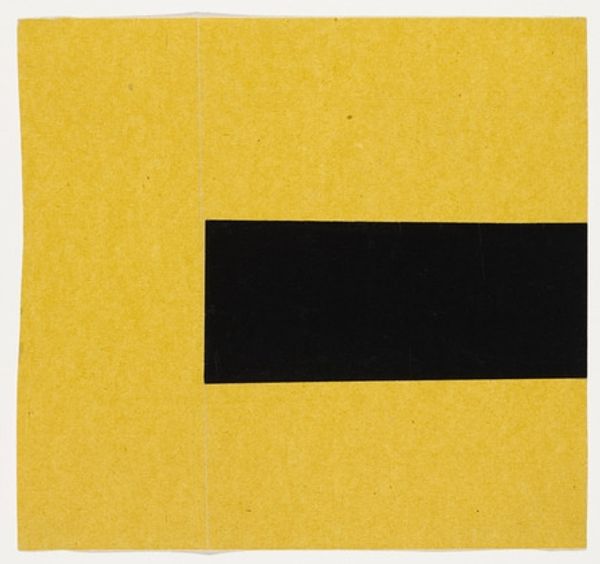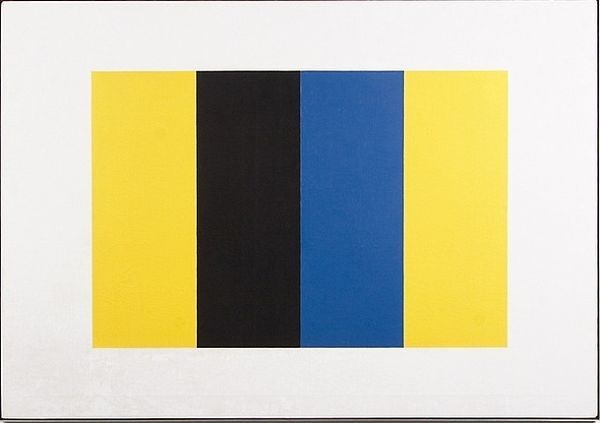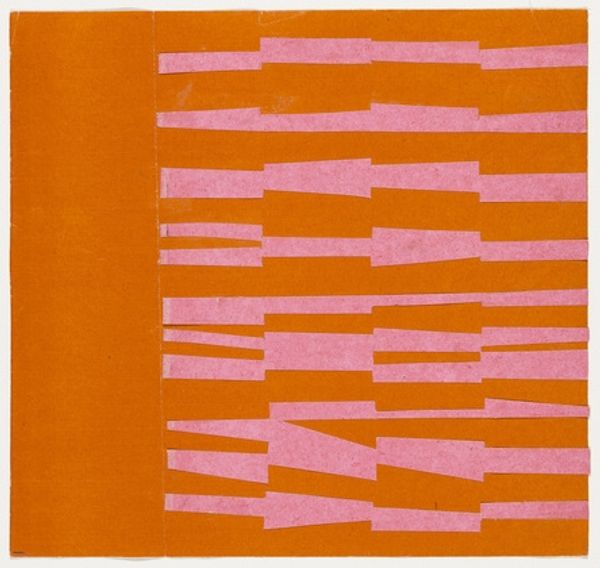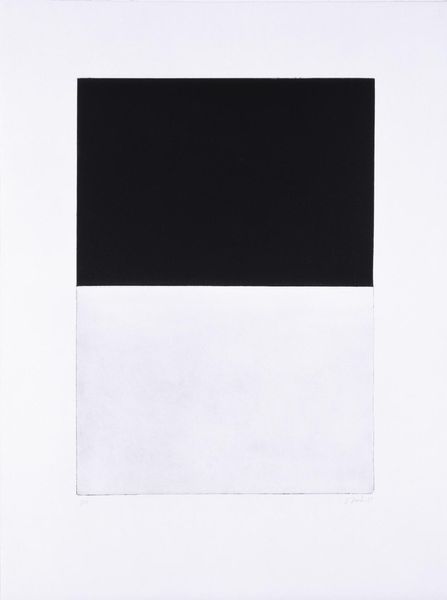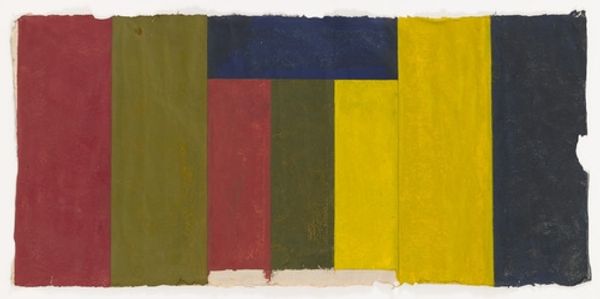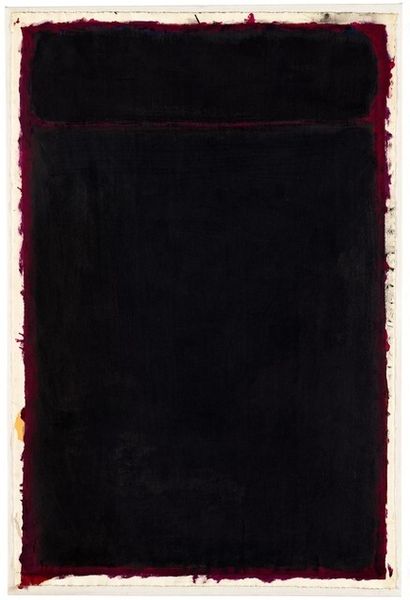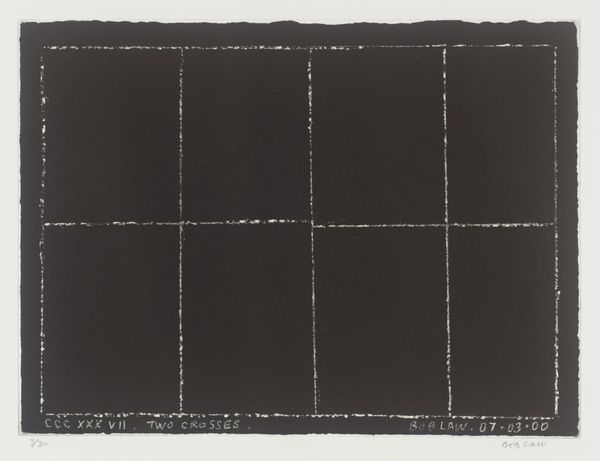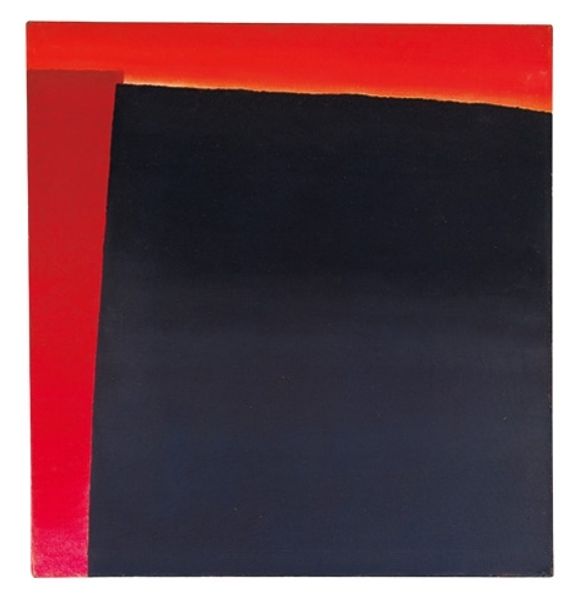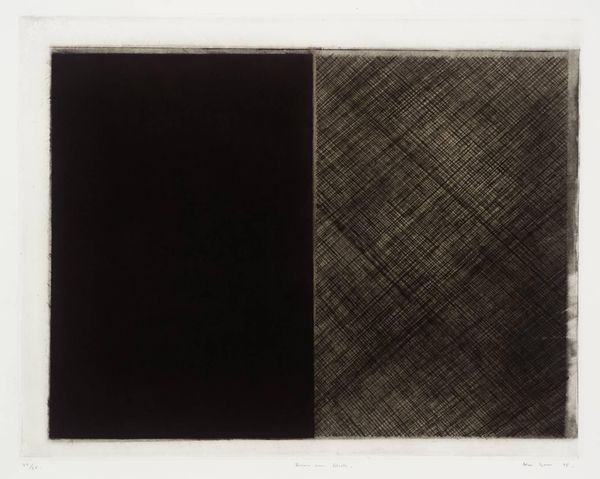
Copyright: Robert Mangold,Fair Use
Robert Mangold's Yellow-Black Zone Painting IV employs acrylic and graphite on canvas to investigate geometry and perception, a concept deeply rooted in the cultural shift of post-war America. Made in the latter half of the 20th century, within a society questioning traditional forms, Mangold, along with other artists, sought to redefine art's institutional boundaries. The work's stark contrast and simple shapes challenge the conventional picture plane, inviting viewers to consider space and form in new ways. The ellipses drawn in graphite contrast with the bold blocks of solid color. It reflects a progressive movement that critiqued established artistic norms. Understanding this work requires looking into the archives of art criticism and the social history of American art institutions. It's a reminder that art's meaning is always shaped by its time.
Comments
No comments
Be the first to comment and join the conversation on the ultimate creative platform.
